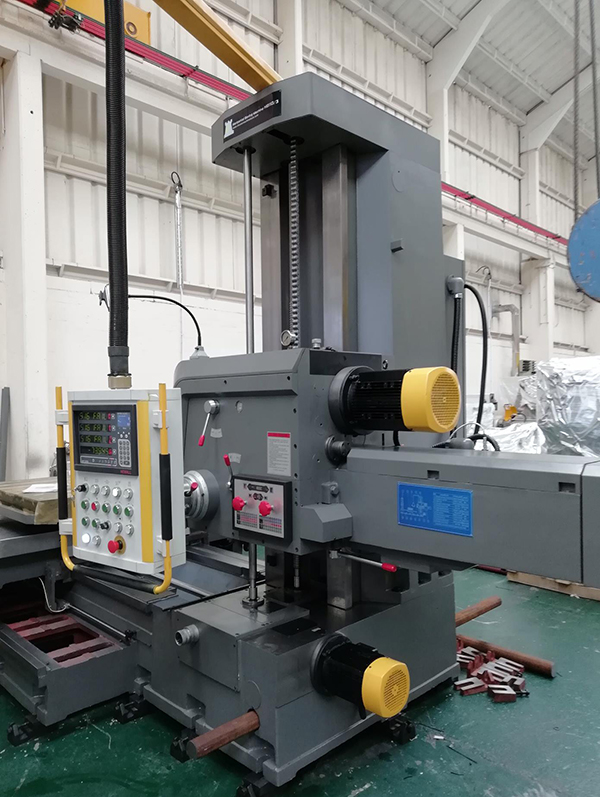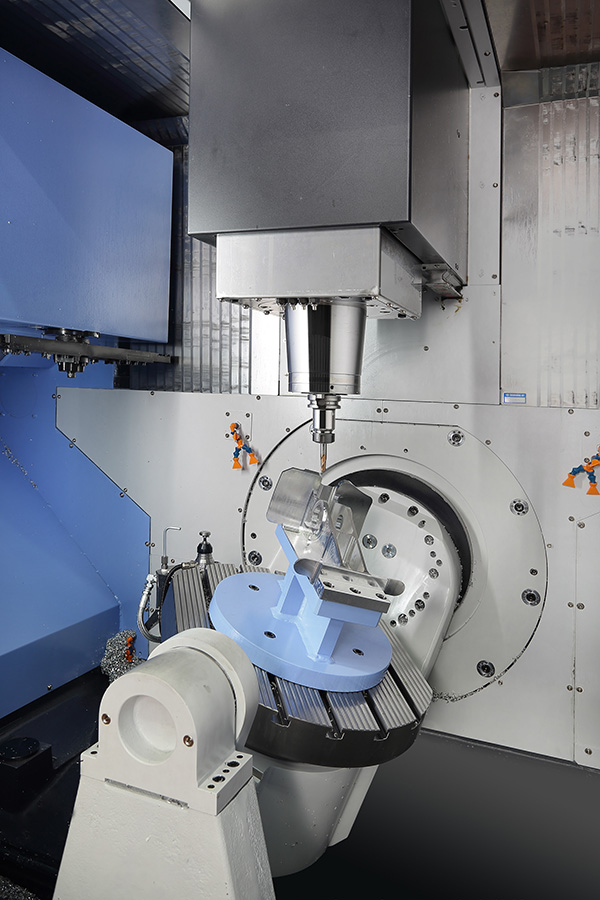The Okuma MCR-S (Super) double-column machining centre, which is particularly suited to the machining of press dies, is being released in the UK via agent NCMT. Importantly, the machine also unites subtractive and additive manufacturing methods, allowing for process-intensive production.

Okuma’s MCR-S possesses a cast-iron double-column structure that is equipped with Okuma’s ‘Thermo-Friendly’ concept. As a result, any unnecessary heating-up can be prevented, while thermal deformations are compensated. When manufacturing press dies, this factor is especially important because the machining process can often take days or even weeks, making it vulnerable to changes in temperature.
Using a swivel image sensor that rotates relative to the indexing angle of the tool means that accurate measurements of cutting-edge position can be provided, improving accuracy even further. This sensor also helps to ensure traceability by recording the captured images.
MCR-S machines possess a heavy-duty cutting capacity, reaching a chip removal rate of 710 cm3/min when face milling. Average continuous feed rates of 20 m/min for the X and Y axes, and 10 m/min for the Z axis, contribute to the machine’s productivity. In addition, the ServoNavi application autonomously maximises table acceleration according to component weight.
For process-intensive manufacturing, the machining centre is equipped with a laser that allows for additive manufacturing via laser metal deposition (LMD). This way, subtractive and additive manufacturing methods are combined in one machine, enabling manufactures to not only produce complex parts, but to repair defective workpieces. The laser can also be used for surface treatments, such as laser hardening.
For further information www.ncmt.co.uk























